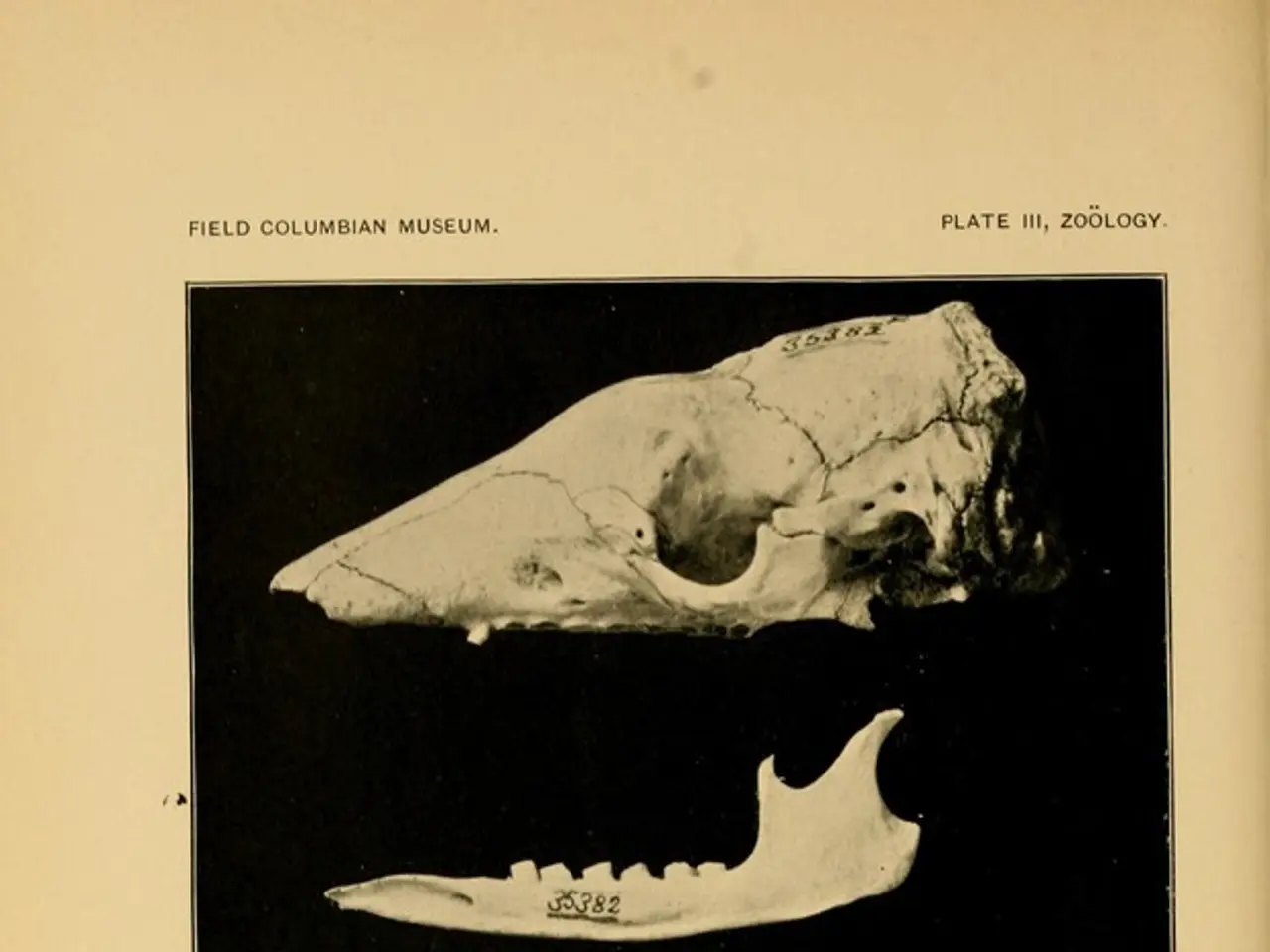Thyroid Cancer Treatments Explored Further
Papillary Thyroid Cancer (PTC) is a common type of thyroid cancer, and its treatment involves a range of options to ensure effective cancer control while managing risks. Here's a breakdown of the primary treatment methods, their potential side effects, and some additional considerations.
Treatment Options
The main treatment options for PTC include surgery, radioactive iodine (RAI) therapy, thyroid hormone replacement therapy, targeted therapy, external beam radiation therapy, and chemotherapy.
- Surgery: The most common surgical procedure for PTC is thyroidectomy, where all or part of the thyroid gland is removed. Depending on the tumor size, spread, and risk factors, the choice may be between a total thyroidectomy or a lobectomy.
- Radioactive Iodine (RAI) Therapy: After surgery, RAI therapy is often used to destroy any remaining cancer cells. This treatment is most effective for papillary types.
- Thyroid Hormone Replacement Therapy: After the thyroid is removed, patients require thyroid hormone replacement therapy to maintain hormone levels.
- Targeted Therapy: For advanced or refractory cases, targeted therapy may be used. These drugs target cancer cell proteins.
- External Beam Radiation Therapy (EBRT) and Chemotherapy: These treatments are less common and are typically reserved for advanced or metastatic disease.
- Active Surveillance: For very low-risk microcarcinomas (less than 1 cm), active surveillance can be an option, involving careful monitoring before treatment is administered if doctors believe the risks of treatment may outweigh the benefits.
Side Effects and Potential Risks
Each treatment option comes with its own set of side effects and potential risks.
- Surgical Risks: Surgical complications can include injury to the recurrent laryngeal nerve, causing vocal cord paralysis, hypoparathyroidism, bleeding, and infection.
- Radioactive Iodine Therapy Side Effects: Temporary isolation due to radiation, inflammation of salivary glands causing pain/swelling, dry mouth, taste changes, malaise, potential fertility issues, and rare secondary malignancies years later are possible side effects.
- Lifelong Hormone Therapy Risks: Patients must consistently take thyroid hormone replacement post-thyroidectomy. Dosage adjustments are needed, and symptoms like fatigue or hyperthyroidism may occur if not well managed.
- Targeted Therapy and External Radiation: These treatments can have more systemic or local toxicities depending on the drugs or dose used, but are less commonly first-line.
Additional Considerations
Treatment for PTC is personalized based on risk stratification, with less extensive surgery (lobectomy) increasingly favored for low-risk cases to minimize complications without compromising outcomes. Decisions on RAI use are based on risk level, with high-risk patients benefiting more, while the benefit for intermediate-risk patients is debated.
Long-term monitoring is necessary as PTC can recur years after treatment. Emerging practices emphasize minimizing overtreatment for low-risk cases.
In summary, papillary thyroid cancer treatment balances effective cancer control with managing risks from surgery and radiation, using tailored approaches based on individual risk profiles.
- Papillary Thyroid Cancer (PTC) treatments include surgery, radioactive iodine (RAI) therapy, thyroid hormone replacement therapy, targeted therapy, external beam radiation therapy, and chemotherapy.
- The thyroidectomy surgical procedure, often used for PTC, can remove all or part of the thyroid gland, with potential complications such as injury to the recurrent laryngeal nerve, hypoparathyroidism, bleeding, and infection.
- RAI therapy, used after surgery, can destroy remaining cancer cells; however, it may lead to temporary isolation due to radiation, inflammation of salivary glands, dry mouth, taste changes, malaise, potential fertility issues, and rare secondary malignancies years later.
- Thyroid hormone replacement therapy is necessary post-thyroidectomy, but requires consistent dosage adjustments to avoid symptoms like fatigue or hyperthyroidism.
- Targeted therapy and external beam radiation therapy (EBRT) are used for advanced or refractory cases, but can have systemic or local toxicities depending on the drugs or dose used.
- Chemotherapy, less common for PTC, is typically reserved for advanced or metastatic disease.
- For very low-risk microcarcinomas, active surveillance can be an option, involving careful monitoring before treatment is administered.
- Science and medical-conditions, such as chronic diseases like cancer, require personalized treatments and therapies like fitness-and-exercise, nutrition, and mental-health therapies-and-treatments to ensure effective health-and-wellness management.




